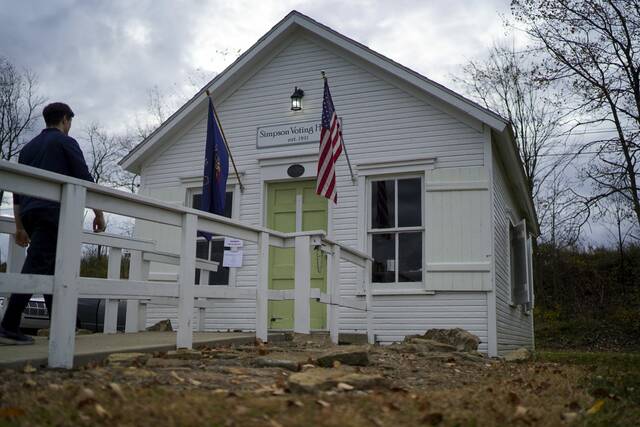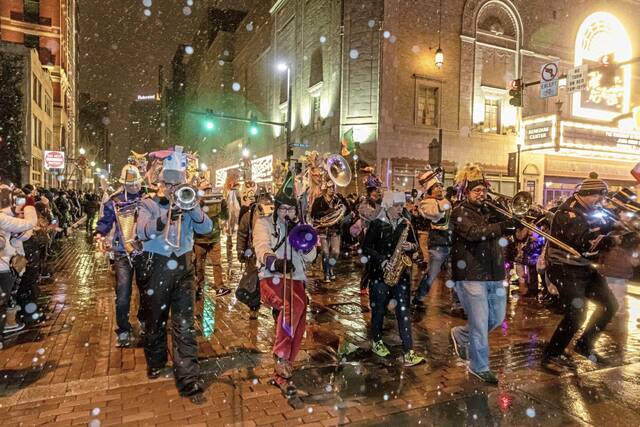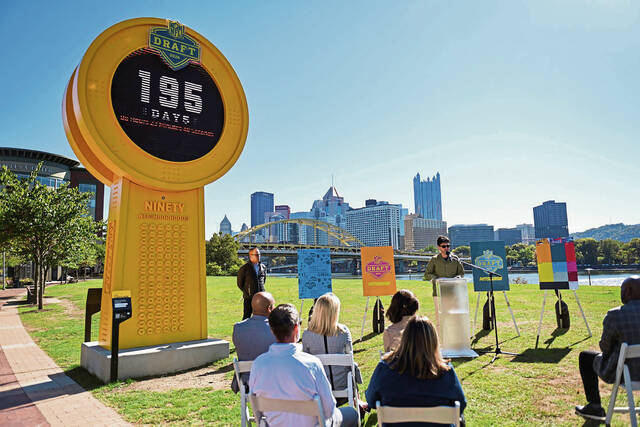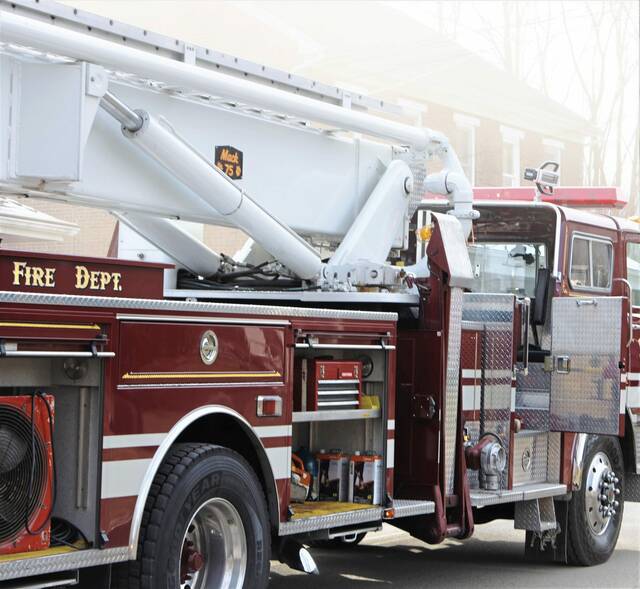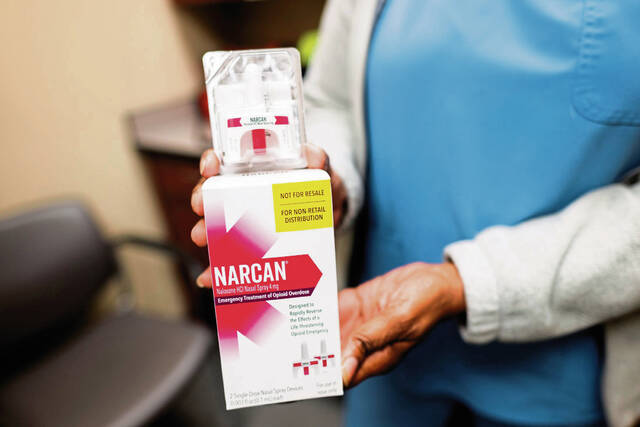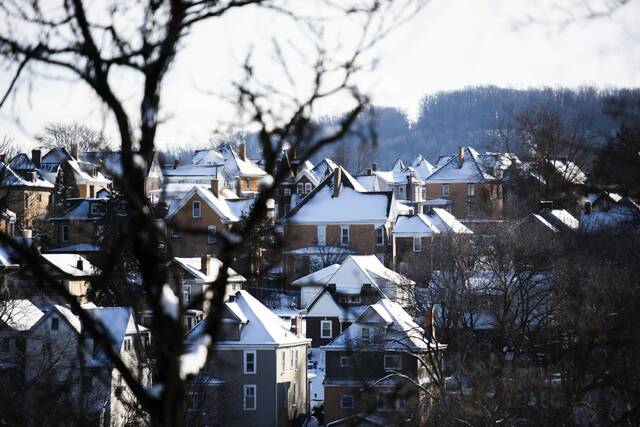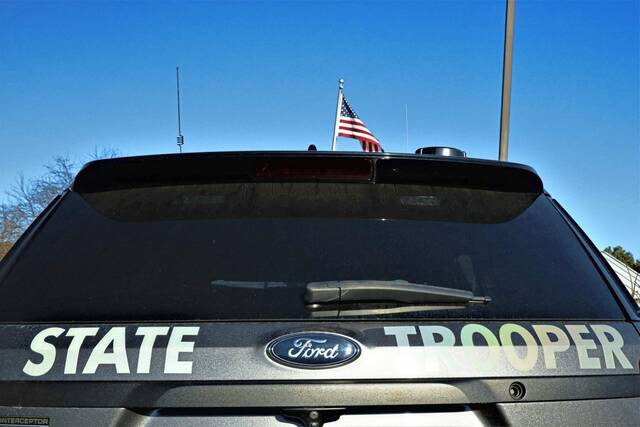Democratic Party leaders in Allegheny and Westmoreland counties experienced a range of emotions over the past two weeks as they assessed what comes next in the wake of defeat and the threat of a red wave sweeping through the state.
Anger, sadness and confusion marked the reactions to this month’s election, but party officials remain hopeful as Pennsylvania’s Democrats continue to hold the governor’s office, a one-vote majority in the state House and a slight edge in voter registration.
President-elect Donald Trump’s victory and the apparent ouster of three-term Democratic incumbent U.S. Sen. Bob Casey, who continues to trail Republican challenger Dave McCormick as a recount begins next week, have Democratic officials eager to look at the factors that led to losses in the two key races this month.
“It was a gut-wrenching loss for Democrats, for Americans,” said Michelle McFall, chairwoman of Westmoreland County’s Democratic Committee.
Party officials such as McFall will spend the coming weeks and months assessing the circumstances that led to defeat, the work they did to get out the vote, how the party’s messaging was perceived and ultimately what did and didn’t work this political season.
“The voters didn’t turn out. I saw and felt momentum that I thought was real. Maybe we were living in a silo. We weren’t talking to real working people, and we have to do better,” McFall said.
Alison Dagnes, a political science professor at Shippensburg University, said the political realities that existed this November may not be in place in future elections, factors that could enable Democrats to have more success in the coming years. The party will look ahead to 2026, when Gov. Josh Shapiro is expected to run for reelection, she said.
Dagnes suggested there don’t appear to be structural problems for the Democratic Party in Pennsylvania. She said voter reaction to Republican control over the federal government ultimately could be the best tool for Democrats to rely upon in future elections.
“I think the Democrats have a messaging problem and a national focus problem,” Dagnes said. “It was not a red wave, but it was decisive.”
Democrats turned out in far fewer numbers than four years earlier, when heavy vote totals fueled President Joe Biden’s victory in Pennsylvania.
Local leaders said this year’s results include some smaller, regional successes in Allegheny and Westmoreland counties and pointed to statistics and small victories as reasons for hope.
Democrats won two local U.S. House races, returning Chris DeLuzio and Summer Lee to Congress.
In Westmoreland County, Democrats flipped two cities — Greensburg and New Kensington — which previously had favored Trump. A Democratic presidential candidate had not won in Greensburg since Bill Clinton’s victory in 1992. New Kensington, once a Democratic haven in Westmoreland County, voted for Trump in 2020 but saw Vice President Kamala Harris secure more votes there this year.
As Democratic turnout waned throughout much of the state, the numbers and results from the two largest enclaves of blue voters in Western Pennsylvania — Allegheny and Westmoreland counties — were stable from four years earlier as margins essentially mirrored 2020 results.
“Our numbers were almost exactly the same in Allegheny County. I do think what we developed in Allegheny County, our hardworking activity, is what is needed when it comes to elections. I am a real believer in grassroots politics,” said Sam Hans Greco, chairman of Allegheny County’s Democratic Committee.
Greco said a thorough review of election results, locally and statewide, is needed before final assessments can be rendered as to how the party should move forward. He suggested local efforts could be a template throughout the state to improve on this year’s results.
McFall agreed and pointed to the Westmoreland County Democratic Committee’s program to chase voters who requested mail-in ballots. She said those efforts resulted in a 93% return rate from Democratic voters with mail-in ballots, the largest percentage in Pennsylvania.
McFall and Greco said they see areas where Democrats can make headway, including bolstering their ranks.
Since the 2020 election, Republicans have narrowed the gap from when Democrats held a more than 700,000-voter edge in registration. Party defections and new registrations closed the gap, still in the Democrats favor, to just over 286,000 in November.
“We need to be prepared to respond and be prepared to bring people back to the party. There is a lot of work ahead. What we can do to build is expand our platform and what we are talking about. Republicans have been really good on social media and other platforms. We’re missing some of those opportunities,” McFall said.
Greco agreed and said history can be a guide for hope.
“You have to be hopeful. I was 23 years old and worked as an intern on the Carter campaign. This feels so similar to 1980, and we have to continue to fight for our values,” Greco said.


